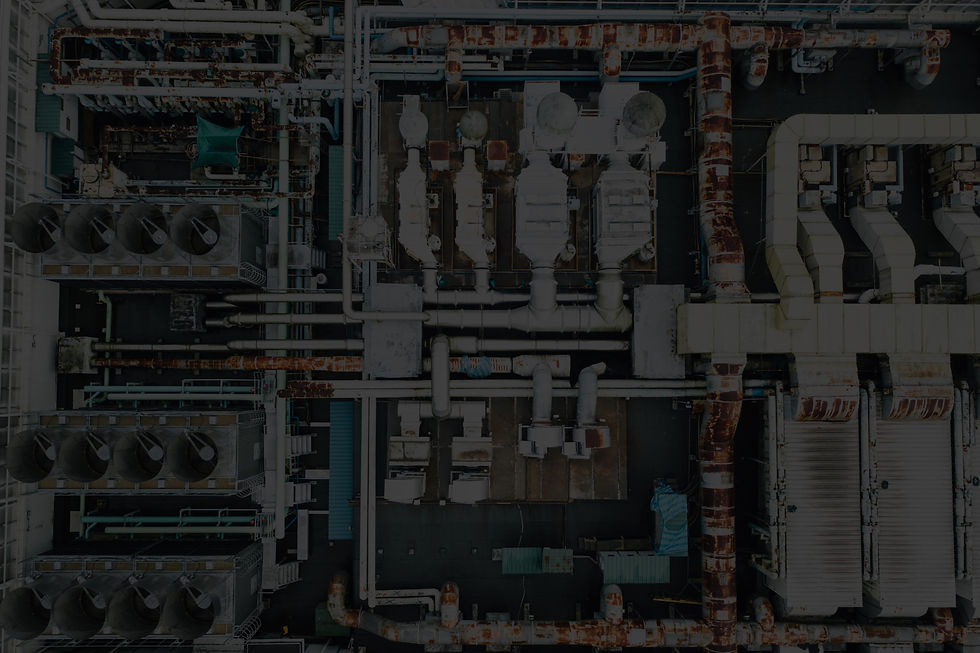

Newly designed HR Pulverizer
The HR type new grinding mill is a milling equipment with more advanced technical performance than the common R type grinding mill, featuring higher efficiency and energy saving, and is widely used in industries such as building materials, chemicals, papermaking, pharmaceuticals, food, energy, and more.


Brief Introduction:
It is a new type researched based on the R-type Pulverizer. Its performance and efficiency are more advanced than those of the R-type. It is widely used in industries such as building materials, chemical, papermaking, medicine, food, and energy. The materials suitable for grinding include limestone, fluorite, calcite, talc, barite, apatite, silica, feldspar, quartz, clay, china clay, bentonite, kaolin, bauxite, gypsum, graphite, manganese, iron ore, chromite, ilmenite, silicon carbide, titanium oxide, and coke, provided the materials have a Mohs hardness of 7 and humidity below 6%.
The overall structure of the HR series Pulverizer consists of the main engine, worm gear classifier, duct system, centrifugal fan, duplex cyclone collector, jaw crusher, bucket elevators, electromagnetic vibrating feeder, and electronic control, among others. The main engine is comprised of the base, air return box, blades, grinding rollers, grinding ring, casing, and motor.
The grinding process:
The raw material is elevated into the material hopper by the elevator after being crushed. It is then conveyed into the main engine for grinding by a feeder, the speed of which can be adjusted from the hopper to the shrouded inlet.
The roller, supported on the star rack within the cavity of the main engine, rotates around the central axis.
The grinding ring is tightly pressed by the roller assembly due to the centrifugal force effect, which causes the roller to spin on its axis simultaneously. The raw material is continuously fed to the grinding ring and roller side by the scraper device for the purpose of crushing and grinding.
The crushed powder is propelled by the air from the high-pressure centrifugal fan to the classification area, where the gas and powder are separated by the worm gear classifier. The coarse powder is returned to the main engine for further grinding, while the qualified fine powder is collected by the duplex cyclone collector through the duct and becomes the final product after being released through the powder outlet.
The purified air flows to the high-pressure centrifugal fan from the tunnel at the top of the cyclone collector, forming a complete circulation system. The air inside the duct is under negative pressure, except for the air from the fan and the positive pressure inside the grinding chamber.
The airflow within the recirculating airway is increased due to the accumulation of gas from each flanged pipe connection and material inlet. This increased airflow is directed to the dust collector through the outlet, where it is discharged into the atmosphere after purification.
Technical features:
The space required for the Pulverizer is minimal. The production system is self-contained, encompassing raw material crushing, conveying, powder grinding, and the collection, storage, and packaging of the final product.
The transport capacity is robust. The fan utilizes a high-pressure centrifugal design, with power transmission capacity enhanced by increased air pressure and flow.
The cyclone collectors feature a double cyclone design, which improves the collection efficiency by 20% over single cyclone collectors.
The cone-type turbine classifier, with its built-in blades, allows for precision adjustments of the finished granularity within the range of 80-400 mesh.
The system prioritizes energy saving and environmental protection. The outlet is equipped with a pulse dust collector, achieving a dust collection efficiency of 99.9%, ensuring a clean workshop environment.
The structure is thoughtfully designed. A new pipeline system with a logical layout minimizes pressure loss in the piping systems.